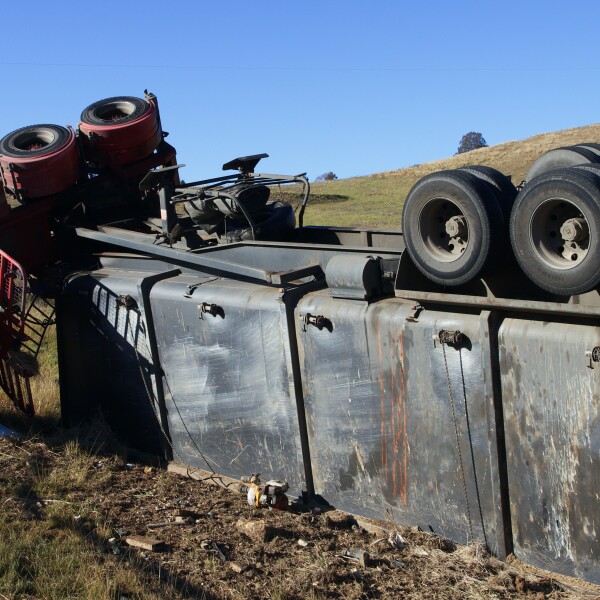A truck rollover can have major consequences: loss of life, injuries, loss or damages to the goods being transported, loss of the truck itself, damages to infrastructure and potential claims and lawsuits as a result of death and injuries. The loss of the vehicle alone can soar into the millions which raises the question: can rollovers be prevented?
The CEO of MasterDrive, Eugene Herbert, says the answer lies in understanding what causes a rollover. The laws of physics, particularly with liquid bulk transportation, play an important role in determining a positive outcome. “One of these is centrifugal forces which play a major role. This occurs when a moving vehicle changes direction. Thus, when a truck goes around a corner the centrifugal force leans away from the direction of the curve. Think of sliding across the seat, if not wearing a seatbelt, when turning.
“As a truck has a higher centre of gravity, it is more vulnerable to the effects of centrifugal forces. When a truck changes direction, brakes violently or makes other forceful movements, it causes even greater movement of centrifugal forces away from the centre.”
With an understanding of the kinesiology behind a rollover, it’s logical to ask – can it be stopped? “In most instances, yes, it is possible to avoid a rollover. The first step is helping drivers understand what causes a rollover and then the changes they need to make to account for this.
“It can be as simple as knowing when to adjust speeds to particular conditions, increasing the space around your vehicle to account for the actions of other drivers and various other adjustments that substantially reduce the potential for a rollover.”
Common causes of a rollover
- Lack of maintenance: tyre blowouts, brake failure and faulty steering all make escaping a rollover near impossible
- Speed: something as simple as going 5km/h too fast around a corner can have disastrous consequences.
- Distracted driving: reduces the time drivers have to respond to unanticipated challenges and increases shock reactions to unexpected obstacles.
- Cargo loading: incorrectly loaded cargo causes uneven weight distribution, cargo not secured correctly affects the force around corners and overloading all increases rollover potential.
Specialised driver training is how most rollovers can be prevented. “MasterDrive designed a training rig with special outriggers that allow drivers to experience the effect of a rollover while stopping short of a complete rollover. They see how easily it occurs and that when you realise a mistake was made, it is too late to change that. A common response from participants is shock about the ease and speed that it happens.
“Conventional training explains the forces at play. MasterDrive training goes a step further and teaches drivers, among other vital lessons, where the point of no return is and how to avoid it. Other causes of rollovers such as lack of maintenance rest on the operator and a driver should never keep quiet if they see an issue.”
The answer to this question is an unequivocal yes, depending on circumstances, rollovers can be prevented. “When one considers the fallout of a rollover, whether it is loss of life or the financial impact, the more important question is why are drivers not being trained to prevent rollovers?” asks Herbert.











